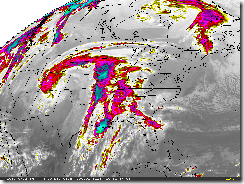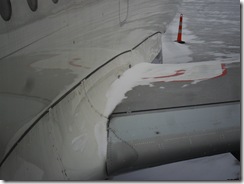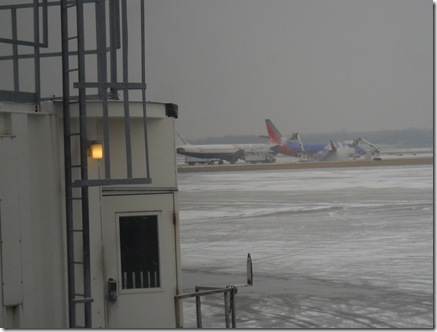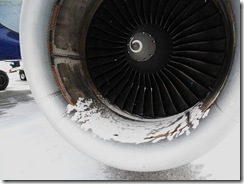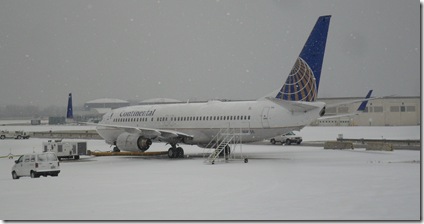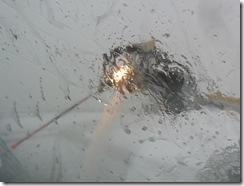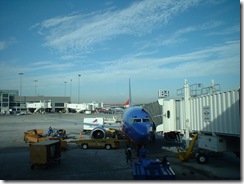 For years, many have believed that Southwest has "padded" their on time arrival and departure data.
For years, many have believed that Southwest has "padded" their on time arrival and departure data.
Regardless of what SWA or any other airline might do, the DOT on-time stats is a BIG JOKE!
The DOT tracks airline's on time performance based on the information the airlines provide them. Most airlines use an automatic reporting system. Southwest for years has used a manual system. A manual system allows an airline to tell the DOT what time a particular flight departed or arrived.
To my knowledge this is done without independent verification. So, what time did the 10:30am departure leave? Of course at 10:30am!
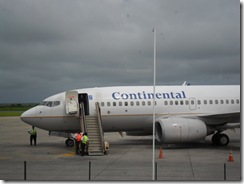 Many years ago, Gordon Bethune Continental’s CEO complained about this practice of Southwest but his complaints were ignored.
Many years ago, Gordon Bethune Continental’s CEO complained about this practice of Southwest but his complaints were ignored.
Continental staff actually watched Southwest airplanes arrive and depart then compared their actual times to reported times.
Guess what? Southwest was providing false times! No surprise.
In the end, the stats are meaningless and can be easy manipulated. Airlines publish their own schedule flight times. If you want a flight to always be "on time" then you pad the scheduled times. LGA (New York) - MIA (Miami) Dep 10am Arr 2pm. This gives you 4hrs to fly the route which actually only take about 2 and a half hours under normal circumstances.
This practice is evident in the winter when airlines "pad" their schedule because of the possibility of bad weather. On a nice day in the middle of winter out of LGA if you leave the gate on time you will always arrive at your destination "on time" maybe even 20-30 minutes early.
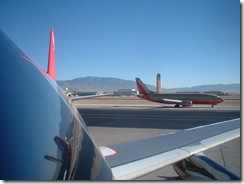 Southwest itself is a decent airline that has carved out a nice niche in the travel business. In the end, most people travel on the airline that provides them the cheapest airfare on a given day.
Southwest itself is a decent airline that has carved out a nice niche in the travel business. In the end, most people travel on the airline that provides them the cheapest airfare on a given day.
Even if your bags fly free, that may not always be on Southwest.
Ding!
